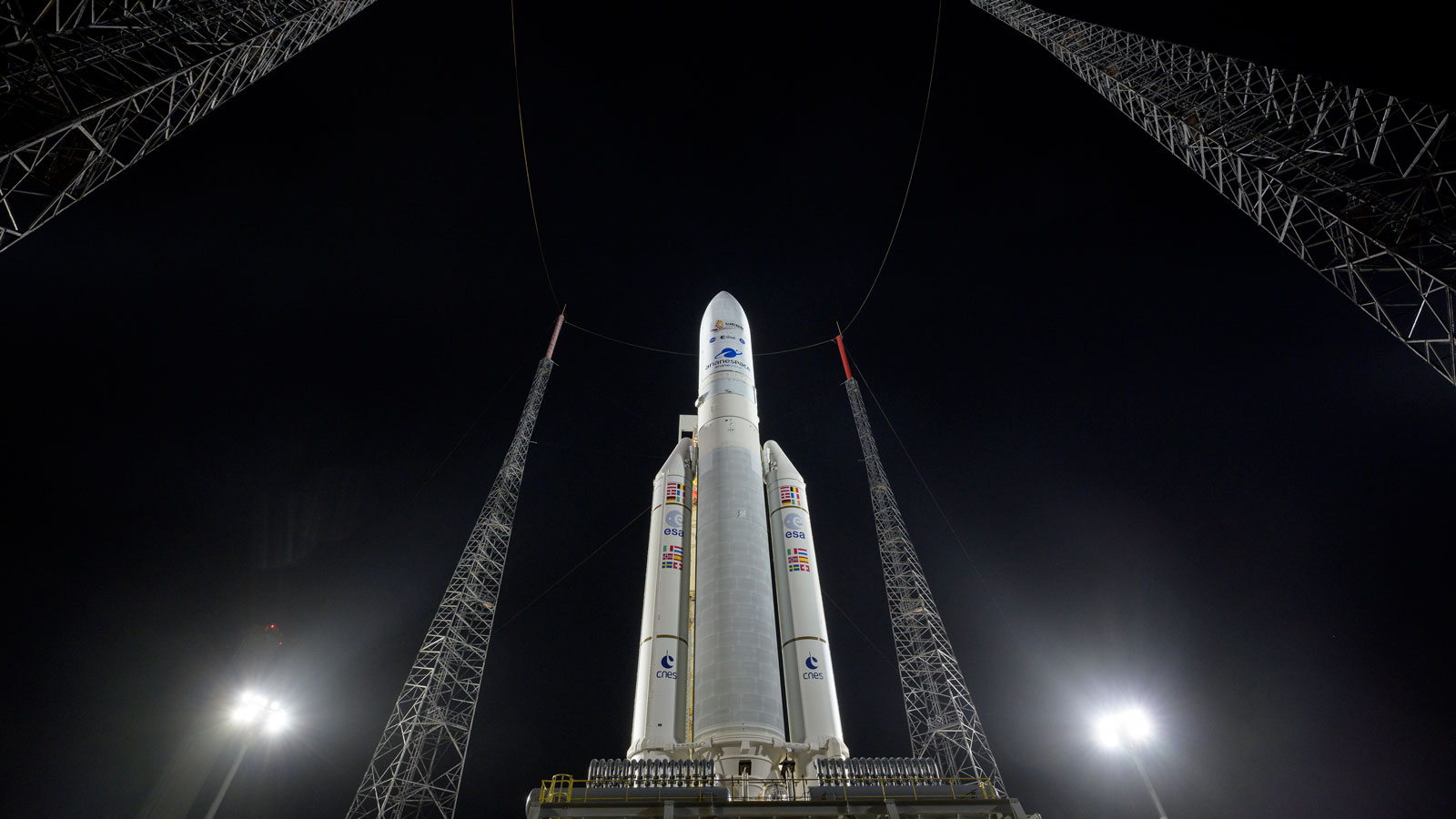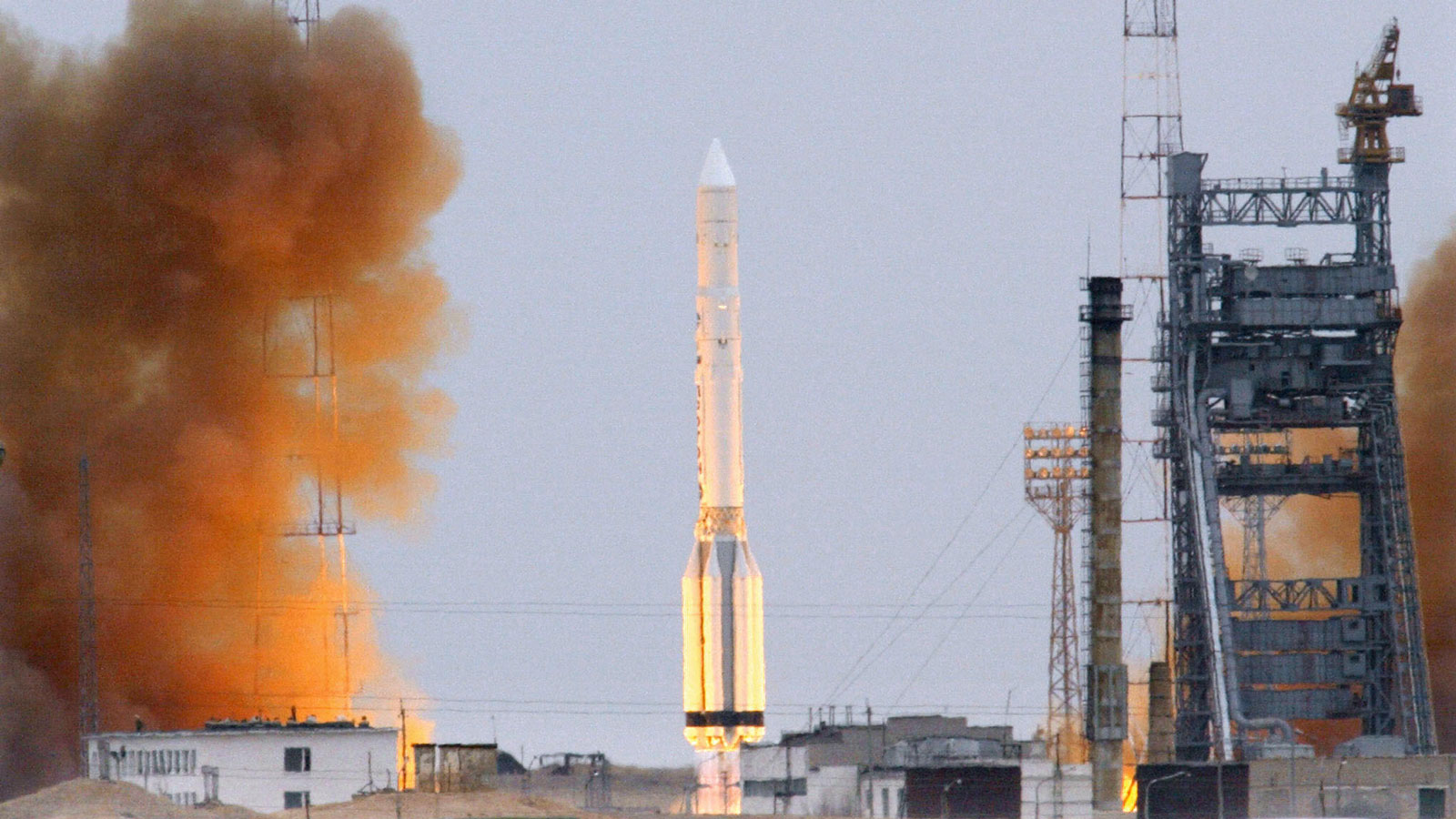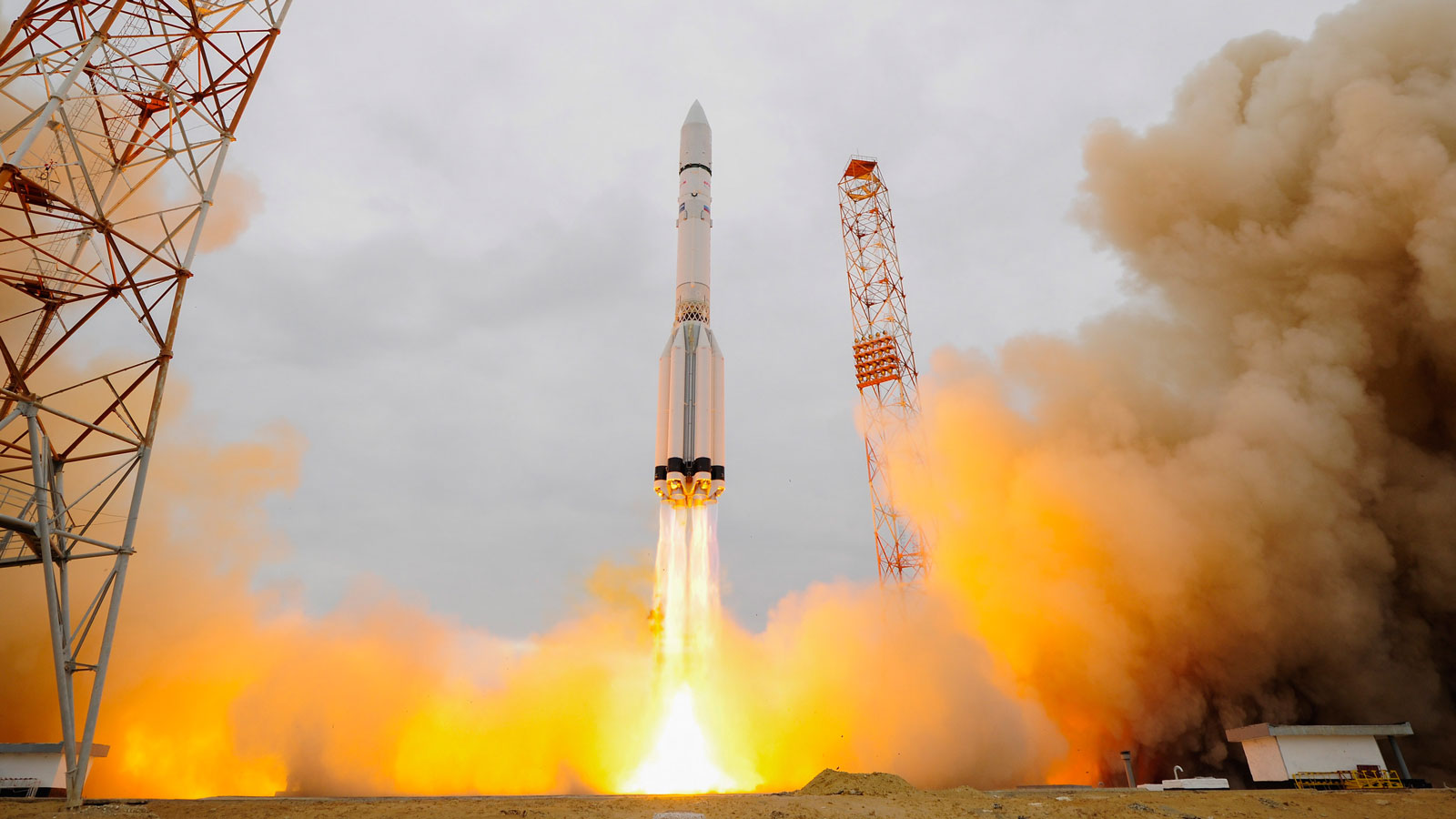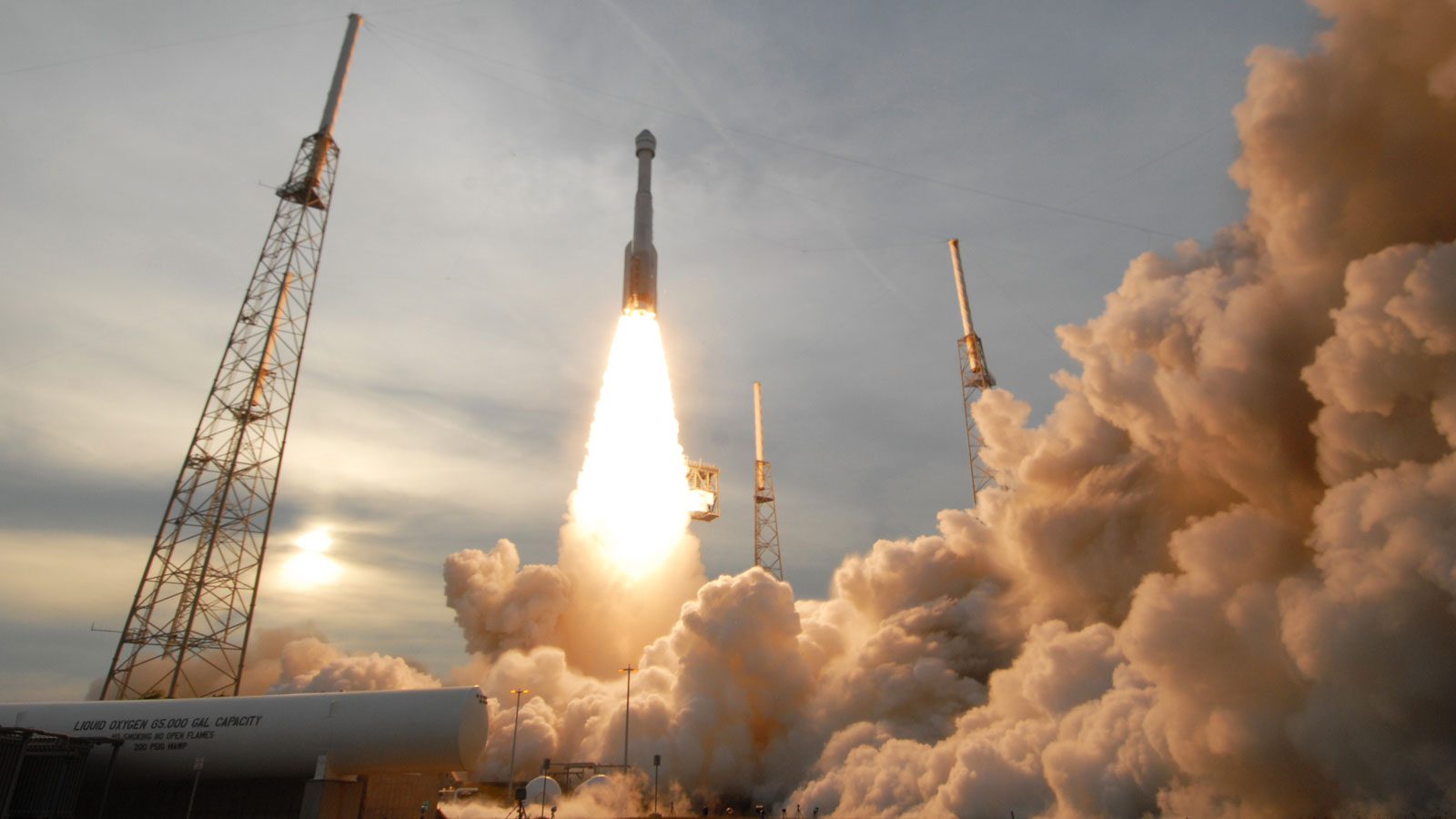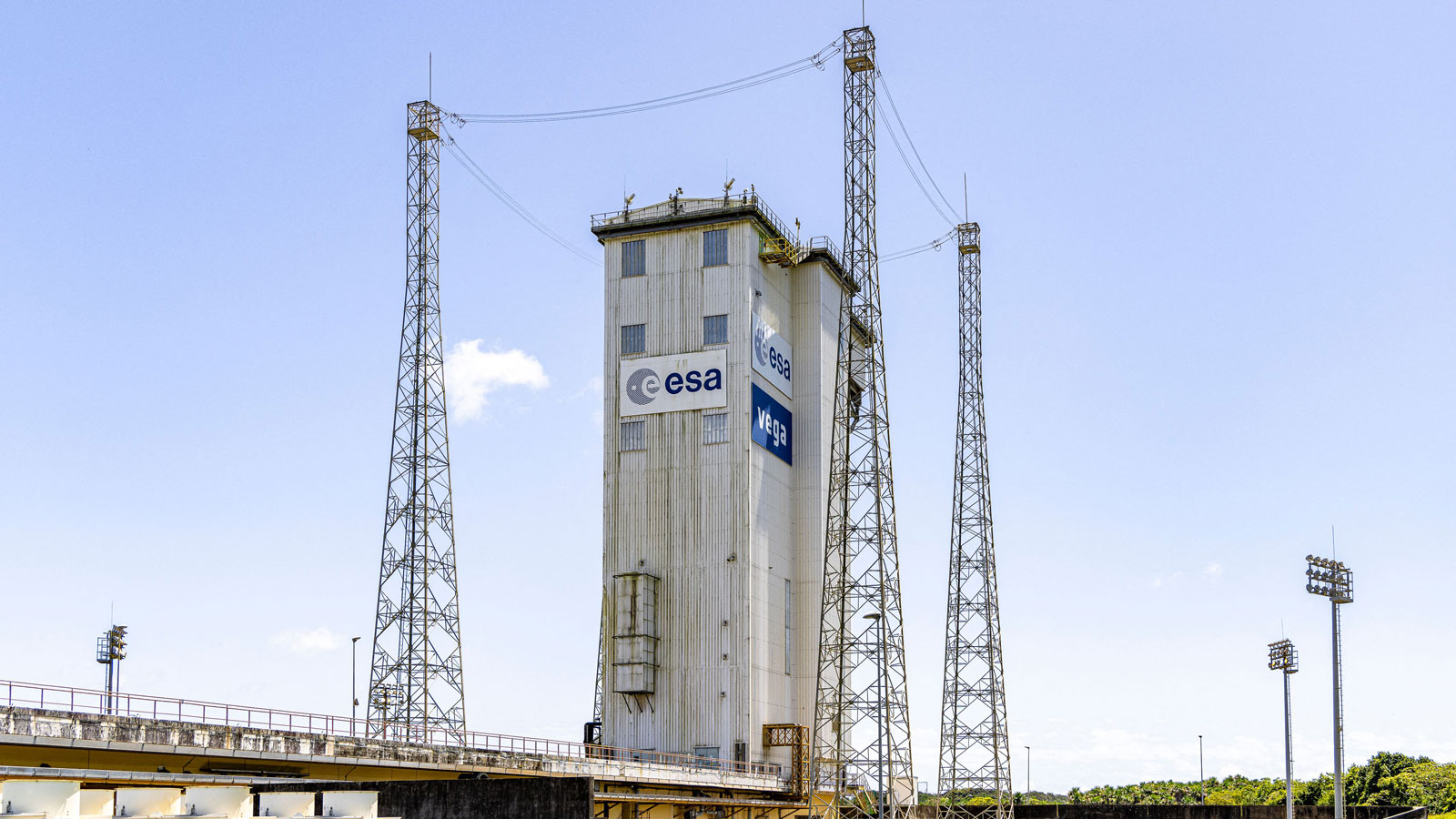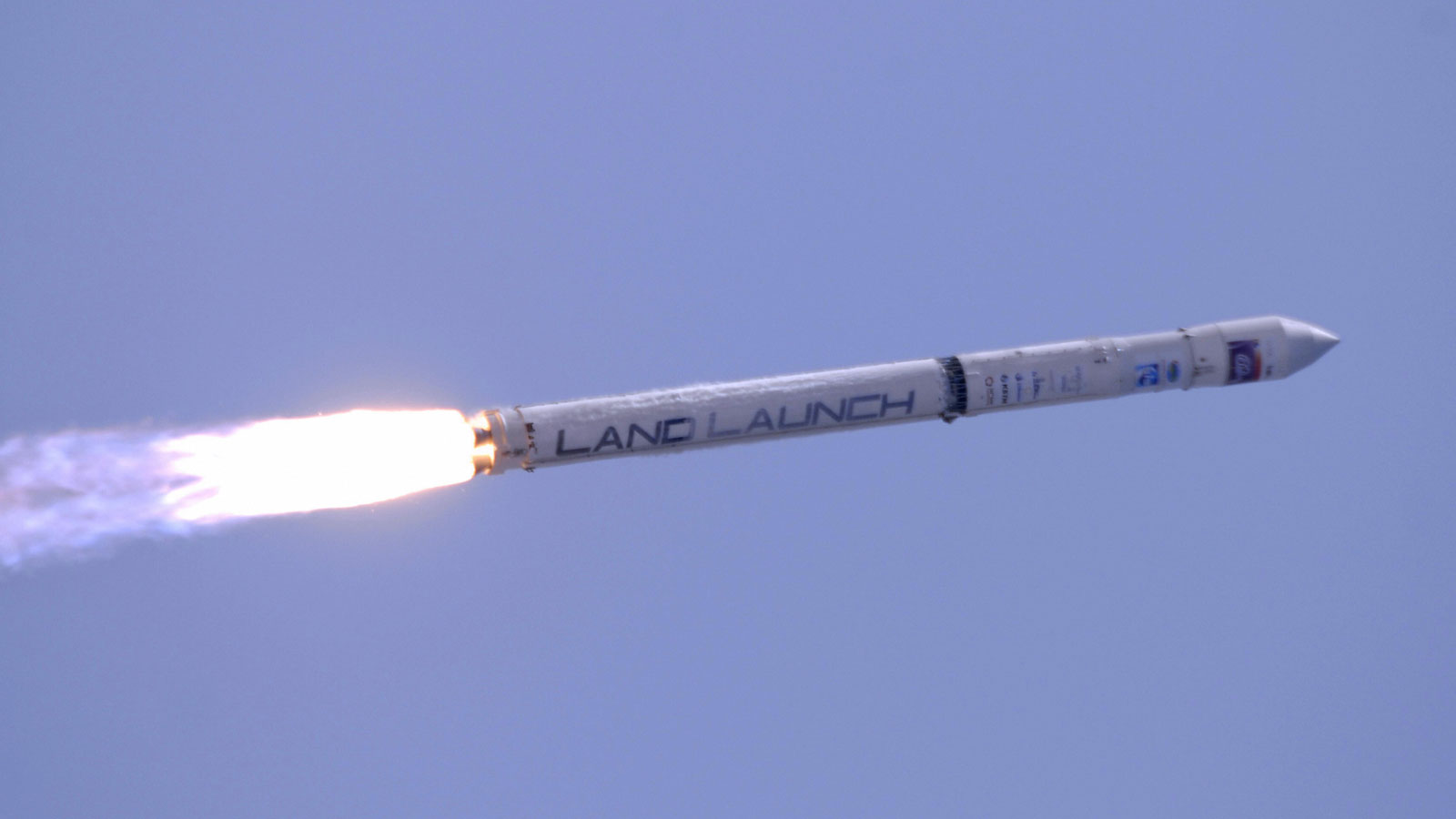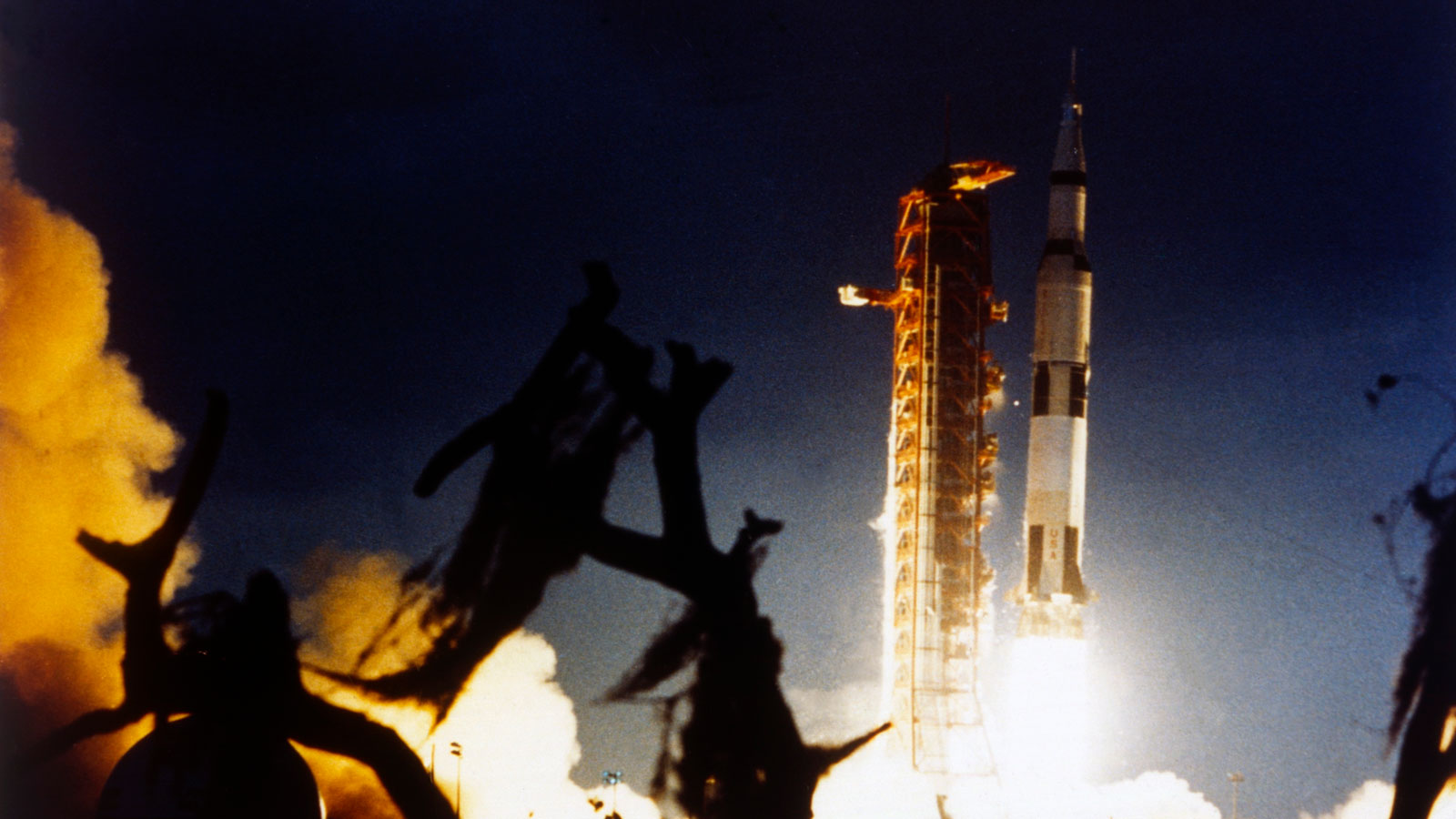These Are The Biggest Rocket Engines Of All Time
Space travel is filled with bonkers numbers that make life on Earth feel meaningless. Nowhere is that more apparent than the size of rocket engines.
I don't know if you know this, but space is really freaking big. So to get there, we need to turn to some pretty enormous machines. The rockets that shoot satellites, astronauts and other craft into space can weigh hundreds of thousands, if not millions, of pounds. So, they need a pretty big engine to get off the ground.
But, what are the biggest rocket engines out there, and what the heck have they been used for? That's a question I pondered recently while staring aimlessly into space. So, here's the answer to that questions.
These are the 15 most powerful rocket engines of all time, each ordered by their thrust at sea level. Because, it turns out that the thrust you get in the vacuum of space is different to that on Earth. The more you know.
Vulcain
Thrust: 179,847 pound-force (lbf)
Starting strong with the engine that powered the James Webb Space Telescope into space late last year. The Vulcain engine was developed by the European Space Agency between 1988 and 1996. It runs on a blend of liquid oxygen and hydrogen to power craft like the Ariane 5 rocket.
Space X Merlin
Thrust: 192,000 lbf
Developed by privateer space agency Space X, the Merlin engine powers the company's fleet of Falcon rockets. Space X uses 27 of these mammoth rockets to power the Falcon Heavy launch craft.
RS-27
Thrust: 218,000 lbf
Developed by American rocket design company Rocketdyne, the RS-27 was used across the Delta series of rockets. Between the 1980s and 2020, these engines helped launch various weather and communications satellites, as well as solar observation tools.
RD-253
Thrust: 330,000 lbf
This high-powered Russian engine powers rockets such as the Proton-K, which was used to launch modules up to the International Space Station. Six of these engines are used in the Proton-K to give it a combined thrust of well over 2 million pounds.
NK-15
Thrust: 338,000 lbf
The soviet rival to the Apollo program ran on these NK-15 engines, which were developed in the 1960s. The N1 rocket, which was designed to take Cosmonauts to the moon, undertook four test flights before being scrapped.
NK-33
Thrust: 340,000 lbf
The successor to the NK-15 was this, the NK-33. Unlike its predecessor, the NK-33 proved to be wildly successful and is used on the Soyuz rocket to launch satellites and other observation equipment into orbit.
RD-275М
Thrust: 376,000 lbf
Developed between 1965 and 2007 by the Soviet Union and then the Russian Federation, the RD-275M is the latest iteration of this motor. At sea level, a single one of these engines kicks out 376,000 lbf of thrust, and the Proton-M craft that uses them has six of them.
RS-25
Thrust: 418,000 lbf
Everyone's favorite rocket engine is, probably, the one that powered Nasa's iconic space shuttle. The Space Shuttles main engines comprised three of these engines, which went into development back in the 1960s. Despite their age, they're still going strong, and Nasa plans to keep using them as part of its Space Launch System.
RD-191
Thrust: 432,000 lbf
Fueled by an explosive mix of kerosene and liquid oxygen, this rocket engine was developed by Russia in the early 2000s. The engine made its first flight into orbit in 2014, before being adopted by American firm Orbital Sciences to power its Antares rockets.
P80FW
Thrust: 683,000 lbf
Developed by the European Space Agency, this rocket stage is three-meters in diameter. The engine runs on hydroxyl-terminated polybutadiene and, once ignited, can run for 114 seconds to reach an altitude of 53 km.
RS-68A
Thrust: 705,000 lbf
The RS-68, built by American manufacturer Aerojet Rocketdyne, is the most powerful hydrogen-powered rocket in the world. It's used in the Delta IV rocket, which Nasa has used to launch various satellites into orbit. It was also the rocket of choice to launch a test flight of the Orion space craft.
RD-180
Thrust: 860,000 lbf
Now, we're exclusively looking at rockets that run on refined kerosene, or RP-1 as it's known in the business. This highly flamable rocket fuel is mixed with liquid oxygen in the RD-180 engine to create 860,000 lbf of thrust to power craft like the Atlas V.
P120
Thrust: 1,050,000 lbf
The most powerful engine Europe can muster is this, the P120. This mighty machine is used in the initial launch stages of rockets like the Vega-C, which is too shy for photos.
RD-171
Thrust: 1,630,000 lbf
The biggest engine Russia can muster is used to power the Zenit rockets you see here. The Zenit rockets use just one of these massive engines to launch satellites into orbit above the Earth.
Rocketdyne F-1
Thrust: 1,746,000 lbf
That, of course, means that the biggest of the bunch has to come from the land of the large, America — a country that never does things by half. The F-1 engine was used to get the enormous Saturn V rocket off the ground on its way to the Moon. Each rocket used five of these engines.

